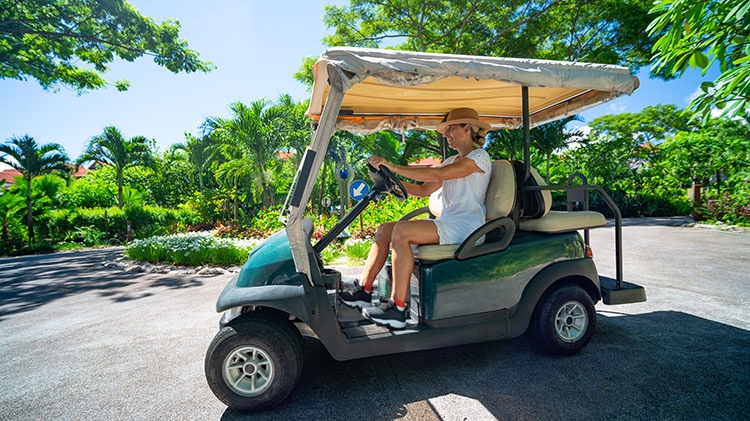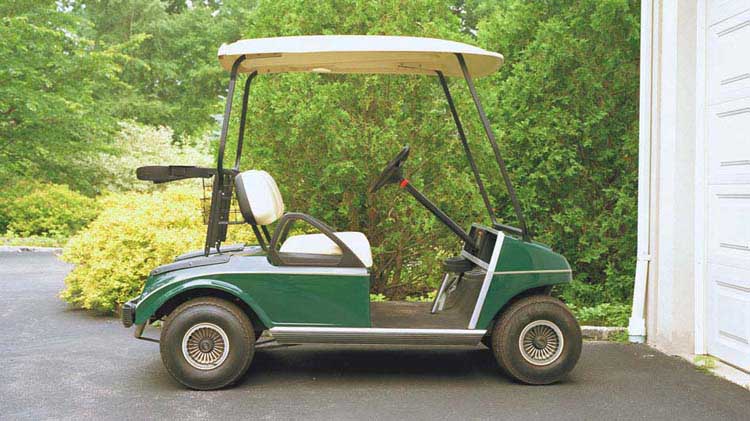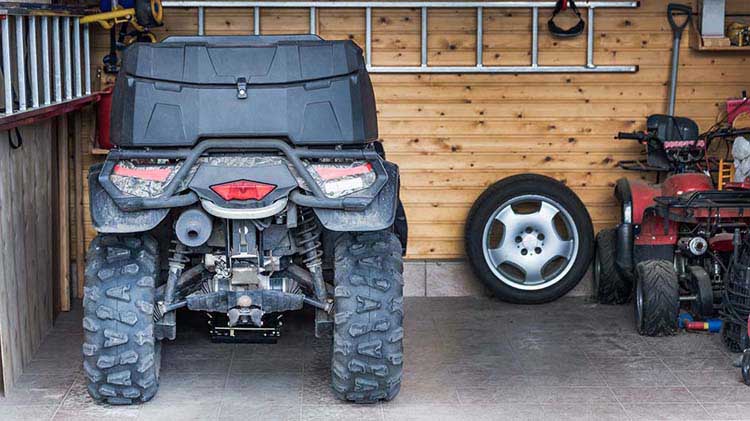Do golf carts need insurance?
Whether you’re hitting the links or the streets in a golf cart, an insurance policy can help keep you protected.
Golf carts have evolved beyond their traditional role on the course, becoming more prevalent modes of transport for everyday use. Whether you’re considering purchasing a golf cart for the first time or want to take yours on the road, here are some tips that may be useful.
Is a golf cart covered under homeowners insurance?
Your homeowners policy may offer coverage in a limited capacity while the golf cart is on the insured premises. For more complete coverage, check with your provider to confirm what your policy entails and to determine whether additional coverage may be necessary.
If you would like to have additional liability protection, you may be able to increase your liability coverage limits by purchasing a separate umbrella insurance policy.
What does golf cart insurance cover?
Golf cart insurance usually falls under a recreation vehicle policy. You can select similar coverages to your auto policy such as bodily injury, property damage, comprehensive, collision, uninsured motorist and medical payments coverage. Some coverage examples can include:
- Accidental property damage or bodily injury to someone else while driving your golf cart.
- An accident with an uninsured vehicle that causes bodily injury.
- Repairs from an accident that causes damage to your golf cart.
- Repairs due to damage from theft, fire, vandalism and other losses.
Understand golf cart laws
When driving your golf cart, it’s important to note the laws and regulations put in place by your state, county, city and community as each may have specific requirements. For the most current and relevant information, consult authorities such as the NHTSA, DMV or if applicable, your neighborhood HOA or golf course management team.
- Paperwork and identification: To be able to drive a golf cart on public roads, you will need to register your vehicle, carry a valid driver’s license and obtain golf cart insurance in most states.
- Equipment and safety: If your golf cart is classified as a low-speed vehicle (LSV), under federal law, you will be required to equip your cart with headlamps, stop lamps, turn signal lamps, taillamps, reflex reflectors, parking brakes, rearview mirrors, windshields, seat belts and vehicle identification numbers. Beyond the proper equipment, keep these golf cart safety tips in mind.
If you live in a community with other golf cart drivers, ask your peers about the local rules and regulations as they may be able to offer additional advice.
What type of golf cart do I have?
There are many different models of golf carts available to purchase; you can choose from gas-powered or electric golf carts, or you can go big with multiple rows of seats or leave room for your clubs. To know what regulations your cart will need to follow, it’s important to note its NHTSA classification. Before purchasing your cart and taking it for a spin, determine whether your cart will be classified as a personal golf cart, LSV or a speed-modified golf cart.
- Personal golf carts: Typically seen on the course, these carts can be used to carry one or more people to play golf or travel for purposes unrelated to golf on select public roads. Personal golf carts have a top speed between 15 and 20 miles per hour.
- Low-speed vehicles (LSVs): This category applies to any 4-wheeled motor vehicle whose top speed is greater than 20 miles per hour, but not greater than 25 miles per hour. With the necessary qualifications met, LSVs can legally be driven on most roads with speed limits posted at 25 miles per hour or less, varying from state to state.
- Speed-modified golf carts: These are golf carts that have been modified after their original manufacture to increase their speed. Modified carts that exceed a top speed of 25 miles per hour are no longer legal to operate in public spaces.
In many cases, manufacturers only sell street legal golf carts that qualify as personal golf carts or LSVs. If you are buying from a third party, inquire if modifications have been installed. It’s possible that it falls outside of the legal range of speeds and would be unsafe to drive on public roads.
While some regions may not require insurance, opting for coverage could be the wise choice regardless, particularly if you plan to frequent public roadways. If you have questions about coverage for your golf cart or other recreational vehicles, contact a State Farm® agent.
If you are planning to rent and/or drive a golf cart while on vacation, check with your agent about coverage in advance.




